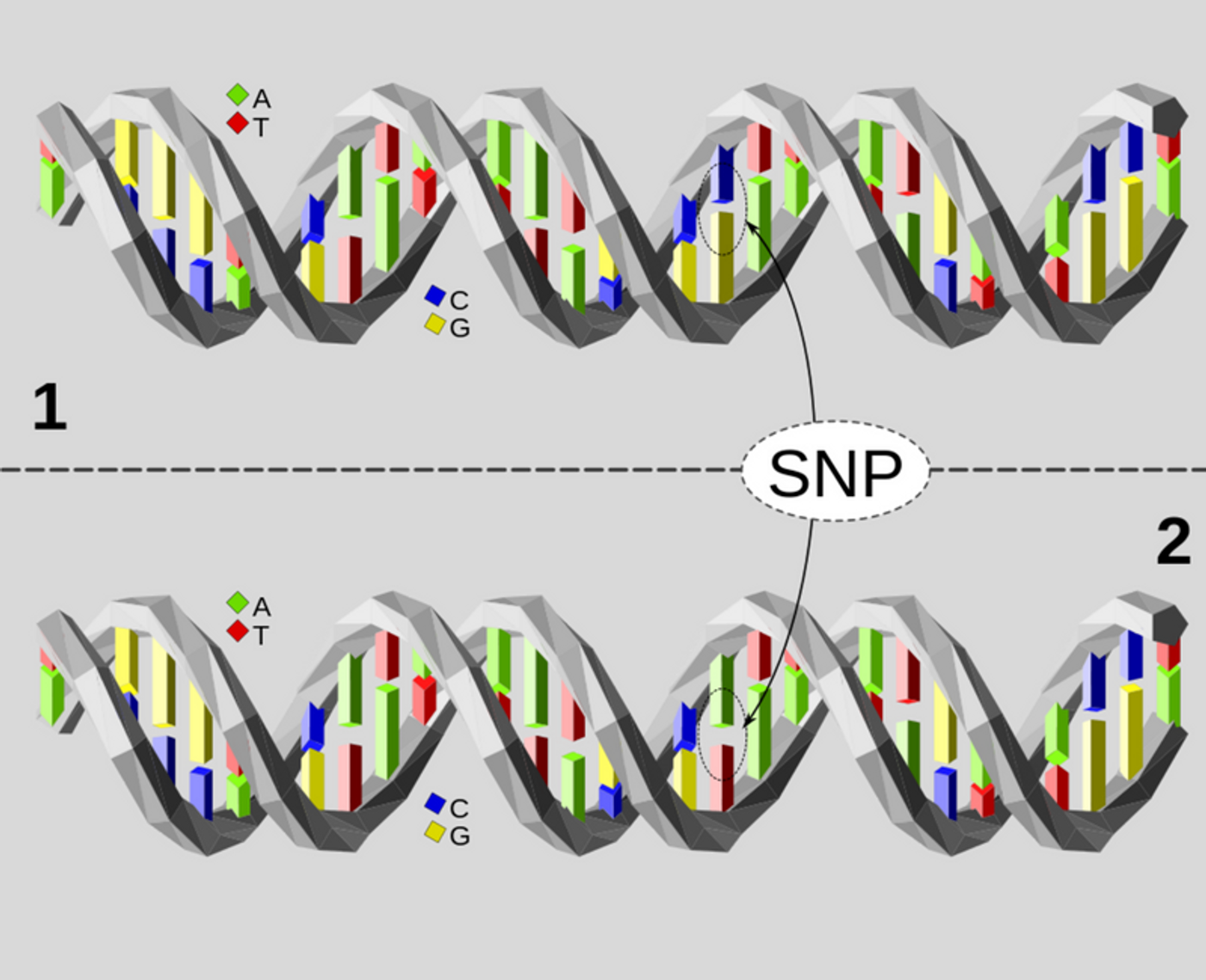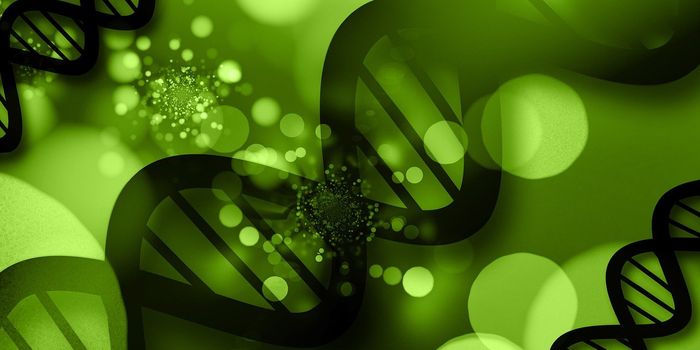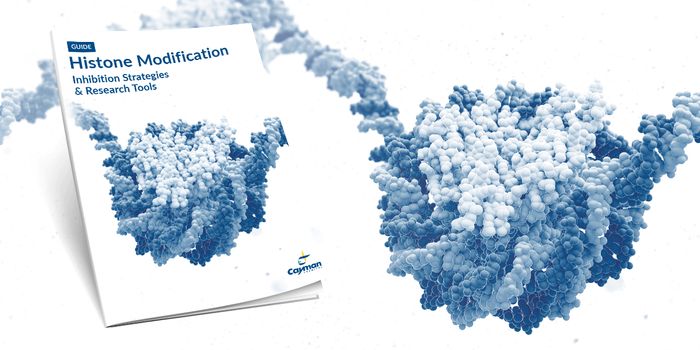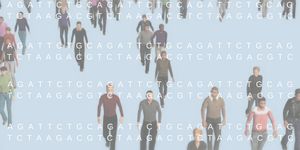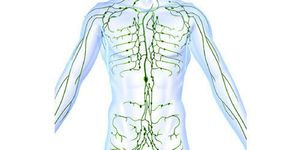Risk Allele Variant SNP at 14q11.2 Linked to ALL
Acute Lymphoblastic Leukemia, or ALL, is a B-cell disorder that affects pediatric patients and is the most common childhood cancer diagnosed. Patients with this diagnosis produce too many immature B-cells; a process driven by genetic mutations or predisposing factors. It is well established that around 60% of ALL diagnoses are found to have the presence of a translocation between chromosomes 12 and 21, which produces the commonly characterized chimeric ETV6-RUNX1 protein. Another genetic change occurs in a smaller percentage of patients that involves a translocation of chromosomes 5 and 14, which affect genes in the immunoglobulin heavy chain and interleukin-3.
A new study just published July 6, 2018 in the journal Leukemia examined ALL and genetic risk factors, specifically locations of genetic variants and their potential association with the disease. The authors of the study utilized genome-wide association studies (GWAS) to identify 11 specific loci linked to ALL. The loci are all located in proximity to B-cell development genes. The authors of the study identified an at-risk locus at 14q11.2, which encodes a gene called CCAAT enhancer-binding protein epsilon (CEBPE). The CEBPE protein produced regulates a distinct pattern of nucleotides (CCAAT) that act as a promoter region for other genes. When the protein is upregulated, as in ALL, the promoter region is turned on and continues to promote early B-cell proliferation which becomes uncontrolled. There is a specific single nucleotide polymorphism identified that enhances that CEBPE promoter region. The variant, rs2239630, has an adenine inserted where a guanine should be. This 14q11.2 SNP risk allele affects granulocyte differentiation and myelopoetic defects. Ultimately, CEPBE differential expression may provide a basis for the 14q11.2 risk connected with ALL.
Scientific advances is sequencing genes could provide an opportunity to better predict and monitor potential patients who carry the variant allele associated in this case. Early diagnosis and treatment is key for children with ALL.
Sources: Leukemia, National Cancer Institute, NCBI dbSNP, Leukemia & Lymphoma Society, Hematology/Oncology Clinics of North America,
